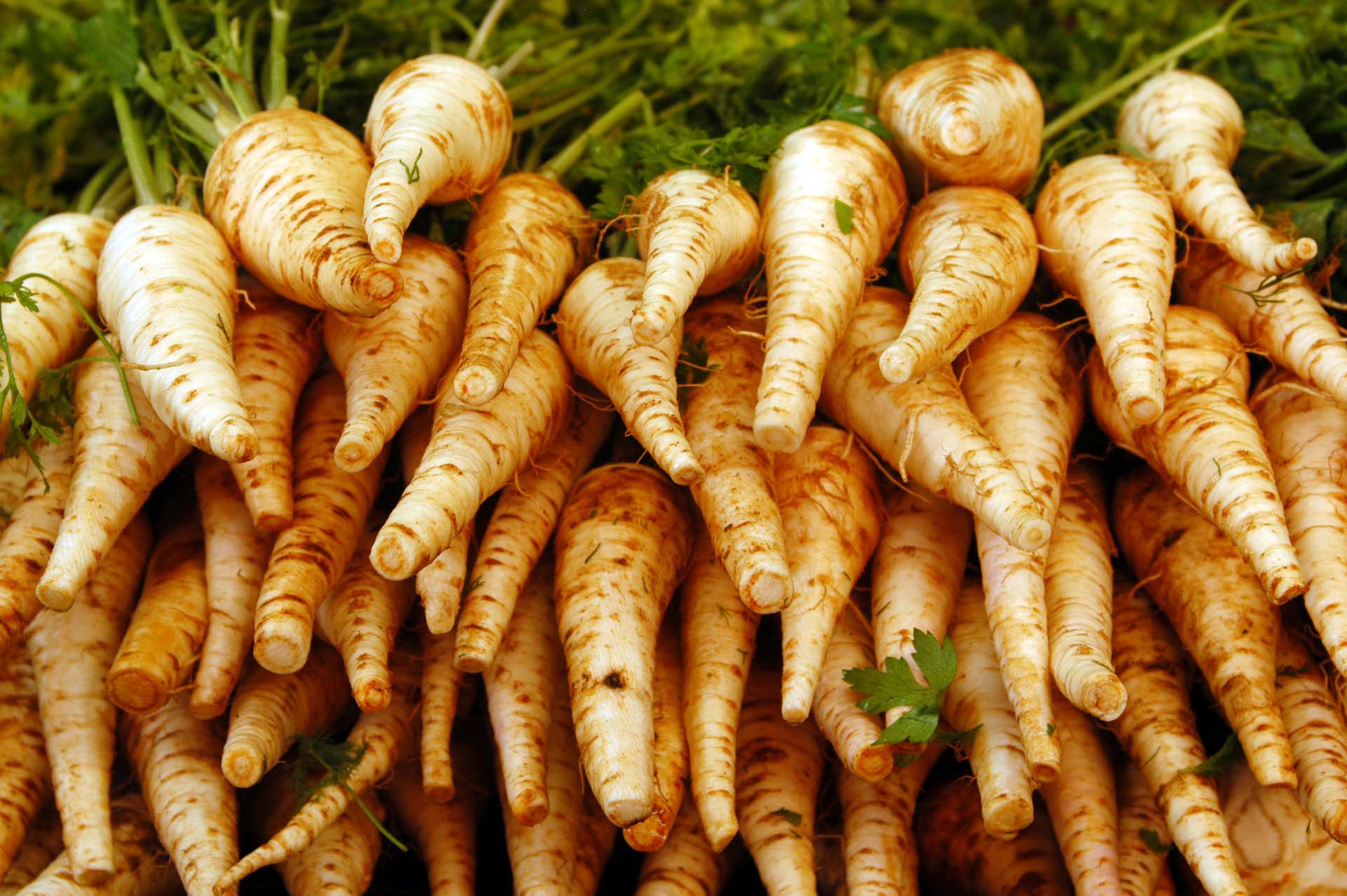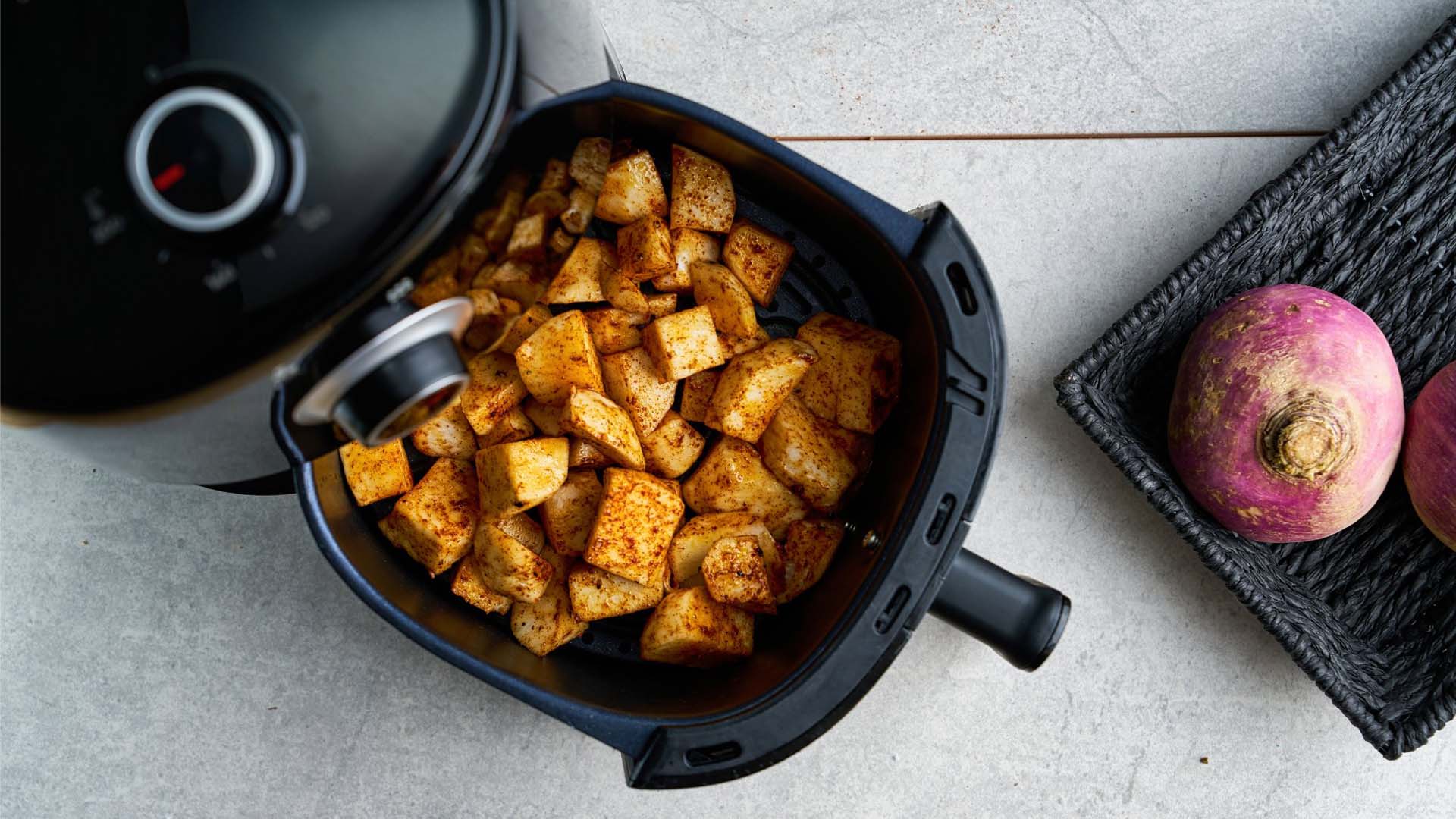Soup: tinned or chilled, which is healthiest?
Experts reveal whether chilled supermarket soups are worth the extra cost and if some flavours are better for you than others.

Experts reveal whether chilled supermarket soups are worth the extra cost and if some flavours are better for you than others.

It’s officially soup season, and there’s nothing more comforting than a warm bowl of cream of tomato with a buttered crusty roll.
The UK and the Netherlands are the world’s biggest soup-consuming countries – and soup also sits at number 11 in a list of the most popular British dishes. Tomato was recently knocked off the top spot by cream of chicken in a survey of Britain’s favourite flavours.
However, our soup-shopping habits have changed when it comes to cans and chilled varieties, with many of us heading to the supermarket fridges for our favourite winter warmer, rather than down the tinned aisle.
We presume that “fresh” means fewer preservatives and additives plus healthier ingredients, so we’re often willing to spend more on our minestrone.
But at up to three times the price of their tinned equivalents, are chilled soups superior in the nutrition stakes? And what about fat and calorie content?
As we start to think about boosting our winter health, nutritionist, writer and broadcaster Amanda Ursell breaks down the chilled vs tinned soup debate, and ranks the healthiest flavours.

“Type for type, canned and chilled soups tend to provide around the same energy (measured in kilo calories) per 100g, and a very similar amount of fat, protein, carbohydrates, fibre and salt,” explains Ursell.
“For example, Sainsbury’s canned chicken and chilled New Covent Garden classic chicken soup both have around 53 calories per 100g. And at Waitrose, the canned cream of tomato and Yeo Valley’s chilled version each gives us approximately 50 calories per 100g.”
However, the canning process with tinned varieties takes the soup to higher temperatures and holds it for longer during manufacturing, which could lower the vitamin content, says Ursell.
“The process destroys more of the heat-sensitive nutrients compared with the production of chilled soups, which are heated to lower temperatures for shorter times. This includes B vitamins, which we need for healthy nerves, and vitamin C, which is important for our immune system.”
Ursell isn’t convinced: “On the basis that chilled soups can be double or sometimes even triple the price of their canned counterparts, from a nutritional point of view I don’t feel the extra cost is worth it.
“I admit, chilled soups usually taste fresher, but we can use some of the money we’ve saved on a tin and buy a carrot and an onion that can be peeled, chopped, cooked for five minutes in a little oil, and added to the soup to give a real sense of freshness. And this will boost flavour, fibre and vitamin content.”
Ursell recommends stretching any savings from buying tinned soup and grabbing a can of protein-rich lentils or butter beans to add to our bowls.
Surprisingly, chilled soup isn’t generally lower in salt, but we should check the sodium content of all soup varieties, says Ursell: “Always look at the salt levels on all soup labels, both chilled and tinned. To help control our blood pressure, we shouldn’t exceed 6g of salt in a day.
“Be aware that while tinned soups tend to come in 400g cans, chilled soups are often produced in 500g-600g cartons. This means that if both contain 0.5g of salt per 100g, per serving the canned option will provide 1g of salt per half-can serving, while the chilled soup will give you 1.5g per half-carton serving.”
Check the nutritional labels of all shop-bought soups for saturated fat content below 1.5g per 100g, and try to avoid varieties with added sugars, such as sucrose, glucose or syrup.

“As we move through the decades, it’s important to think about eating in a way that helps to dampen inflammation in our bodies,” says Ursell. “Inflammation is involved in many disease processes as we age, including diabetes, cancer, arthritis and heart disease.
“Vegetable-based soups like carrot and coriander, tomato, sweet potato and pumpkin are great for the orange and red plant pigments called carotenes and lycopene, which pack an anti-inflammatory punch.
“Sweetcorn in varieties like chowder, and soups containing spinach, give us the yellow pigment lutein. Research suggests that good intakes of this antioxidant pigment help to protect our eyesight as we age.”
A survey found that bread and butter is Britain’s top soup partner, with cheese toasties in second place, followed by buttered crumpets and garlic bread. Some soup fans even admitted to going off-piste and dunking a sausage roll!
A bowl of shop-bought soup shouldn’t be considered a meal in itself in any season, as most lack sufficient protein, says Ursell. “Almost all soups will need a protein boost to turn them into a nutritionally complete standalone meal.
“Keep in mind that women need around 45g of protein a day, and men about 55g, consumed evenly across the day. Once we reach 65 years and over, both men and women are advised to up these amounts to about 1g of protein per kg of body weight.
“We need more protein as we reach this stage in our lives to maintain muscle mass, for healing and supporting our immune systems. So, if we weigh 65kg, then we need to aim for 65g of protein a day.”
“Adding 200g (half a tin) of haricot, butter or cannellini beans will give you a valuable 10g of extra protein,” Ursell advises. “Stir in 100g of chopped tofu for 8g of protein, while 50g of leftover cooked chicken or other meat will provide around 30g of protein. Just make sure the meat is heated through thoroughly.
“Whisking an egg into your soup or sprinkling with two tablespoons of grated cheddar gives a 7g and 8g protein boost respectively. Or you can simply stir in 200ml of dairy or soya milk while the soup is heating, for a 7g protein addition.”

Batch-cooking is key here, says Ursell. “If you have space in the freezer, cook homemade soup in large batches and freeze into portions, to save time and effort at future mealtimes. You’ll have the advantage of knowing exactly what’s gone into the saucepan, and are likely to have significantly higher levels of B vitamins and vitamin C in the end result.”
Controlling your salt intake and the type of fatty ingredients is another huge homemade benefit. “Using olive oil rather than cream is better for heart health, and you can make your soup extra filling and substantial with the protein-boosters above,” explains Ursell.
Need some inspiration for cooking your own soups at home? Here, Ursell shares the three recipes she uses time and time again.
“Jamie Oliver has a delicious Super Leek and Potato Soup recipe, which I love. It has 375 calories per serving, and packs in 18g of protein. Using leeks and kale makes it an antioxidant-rich winner for eye health, while the Parmesan cheese and almonds provide calcium, which is vital for our bones.”
“Another favourite recipe of mine is this delicious Delia Smith recipe, made with added milk. It’s a great main course soup and is both filling and warming, not to mention full of protein and bone-strengthening calcium. It’s also good for our vegetable quota, with butter beans, onions and celery, along with garlic, which my grandma swore by to help ward off colds. You can choose to leave out the bacon if you prefer a vegetarian version.”
“This Mary Berry soup is made with olive oil, onions, carrots and garlic, plus lentils and pearl barley – ingredients that can often be found hanging around in your kitchen cupboards. This mix of ingredients again makes it excellent for protein. It’s filling, full of flavour, and I estimate that you'll get around half your ‘5-a-day’ quota in one big bowl.”
(Hero image credit: Getty Images)
Emma Lazenby is entering her third decade in journalism, after starting her reporting career on the Yorkshire Evening Post as a teenager.
She’s loved every minute, with contributions to the Sun, Daily Telegraph and women’s magazines, between stints as a Lifestyle Editor for the Press Association and TV Producer for GMTV and Steph’s Packed Lunch.
Emma has covered mental and physical health, charity campaigns, fashion and beauty, travel, food and parenting with celebrity and inspirational real-life interviews featuring heavily.
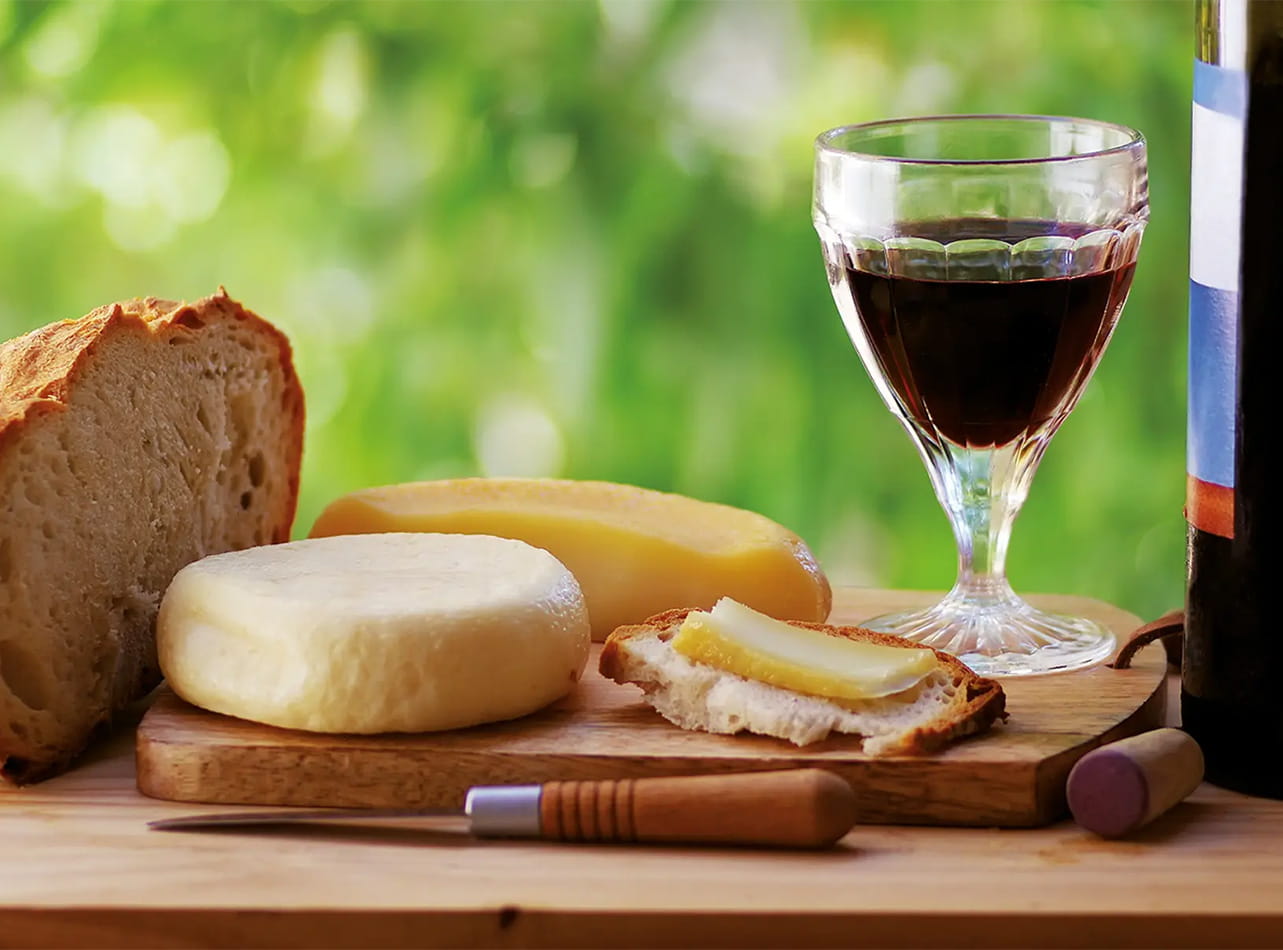
Find out about Saga's gastronomy holidays here...
They say the way to the heart is through the stomach, and Saga’s thoughtfully crafted food and wine holidays are perfect if you like trying new flavours and exploring traditional methods of cooking.

Health insurance for people over 50 that provides a quicker route to diagnosis and planned medical treatment in a private facility.
Underwritten by Bupa Insurance Limited.

We reveal the 7 best tinned foods to supercharge your health while saving you time and money.

Just four teaspoons of olive oil a day can reduce heart disease risk in six weeks, according to research.

Our expert guide to the common foods you shouldn't mix with prescription drugs.

Experts reveal whether chilled supermarket soups are worth the extra cost and if some flavours are better for you than others.
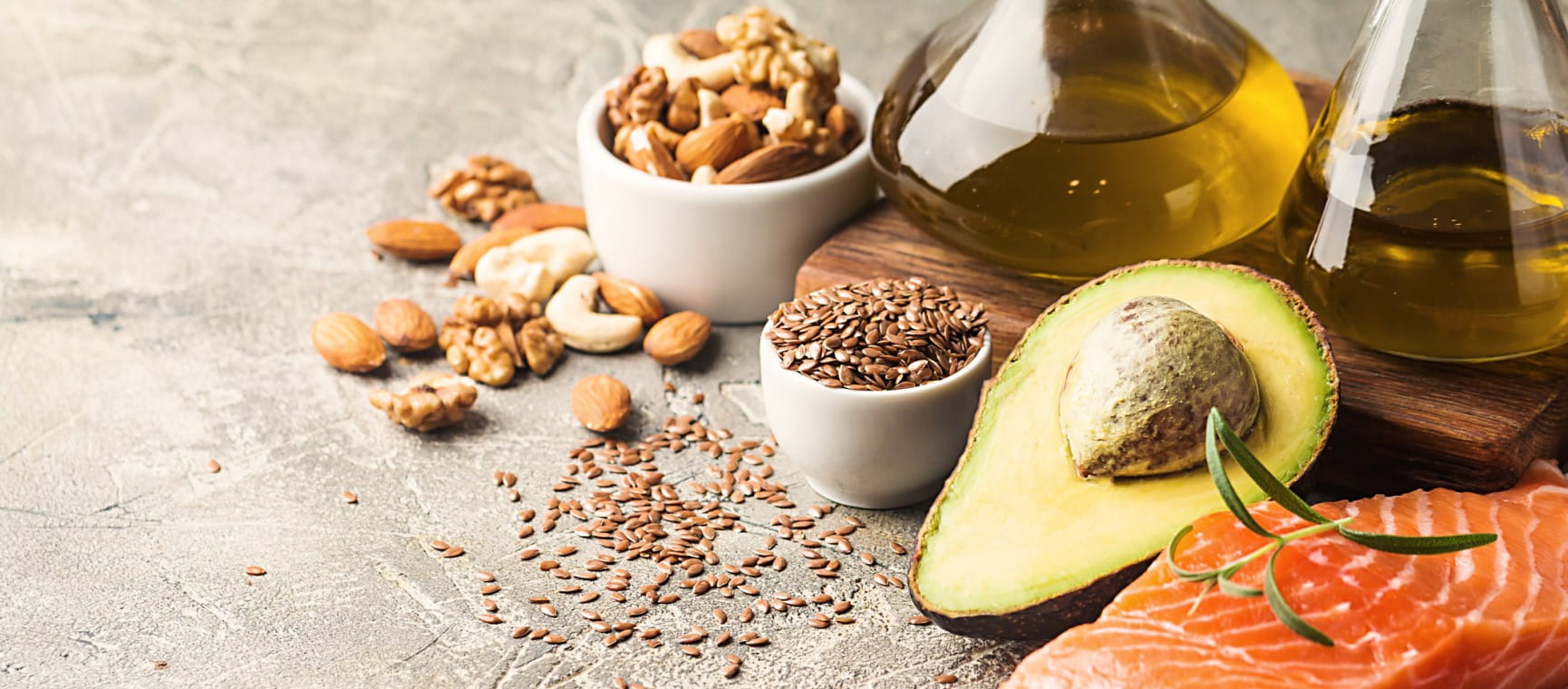
We’ve ranked some of the most popular fats we eat from best to worst.
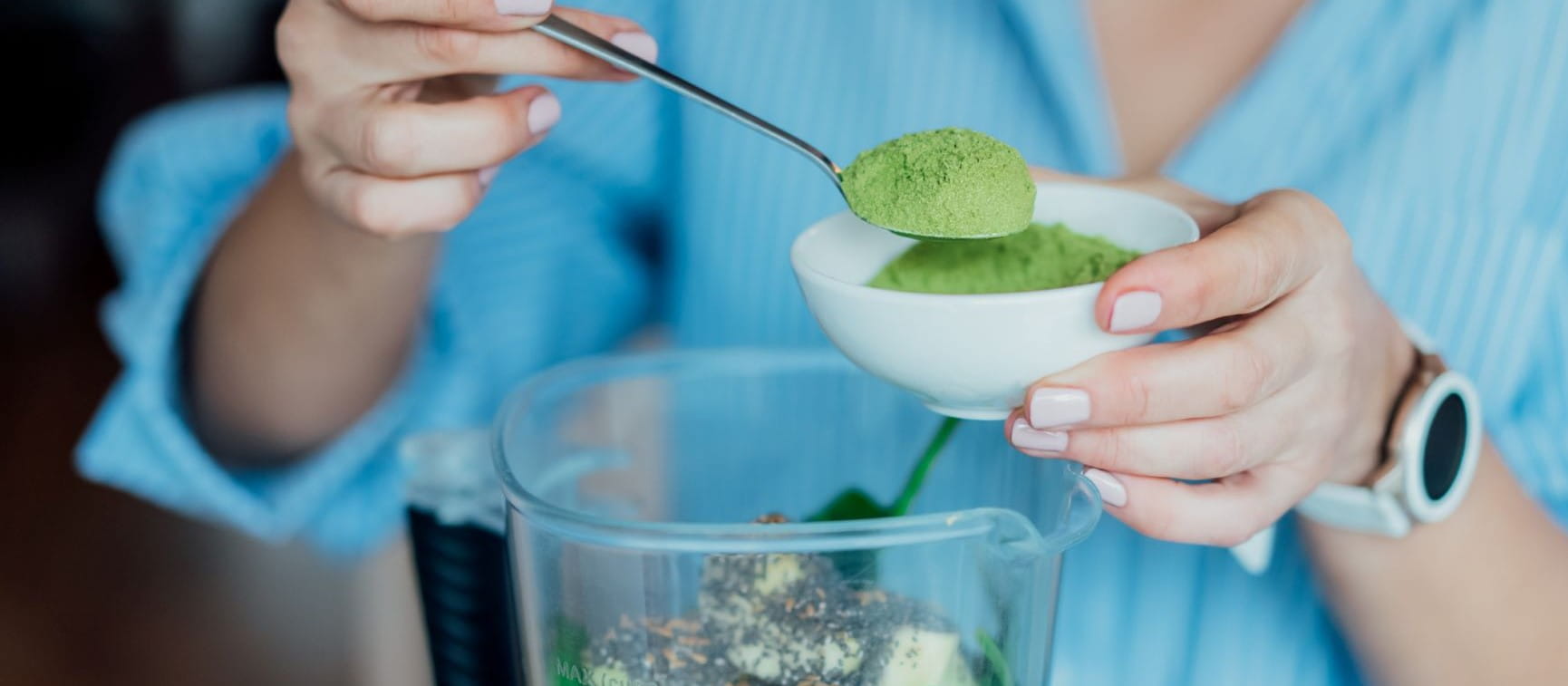
What are superfood powders and how useful are they? Experts reveal their choices of the best ones to try.

Looking after your gut health could be one of the biggest things that you can do for your overall health. Here are the best foods to keep your gut happy.

The foods that could help you live longer and protect against chronic illness.

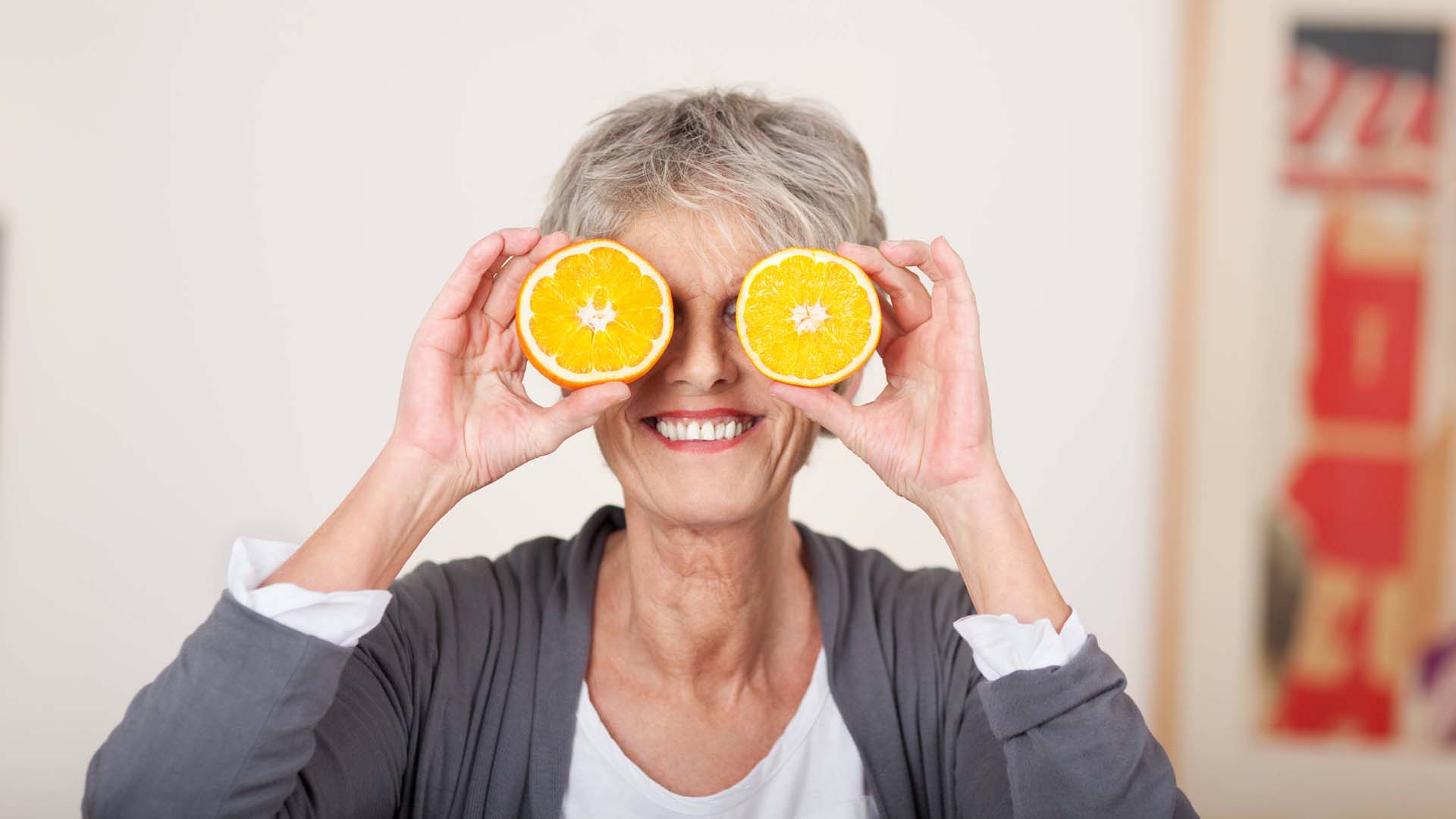

Everything you need to know about protein, from how it benefits your body to the best high-protein foods – and how much you really need.
